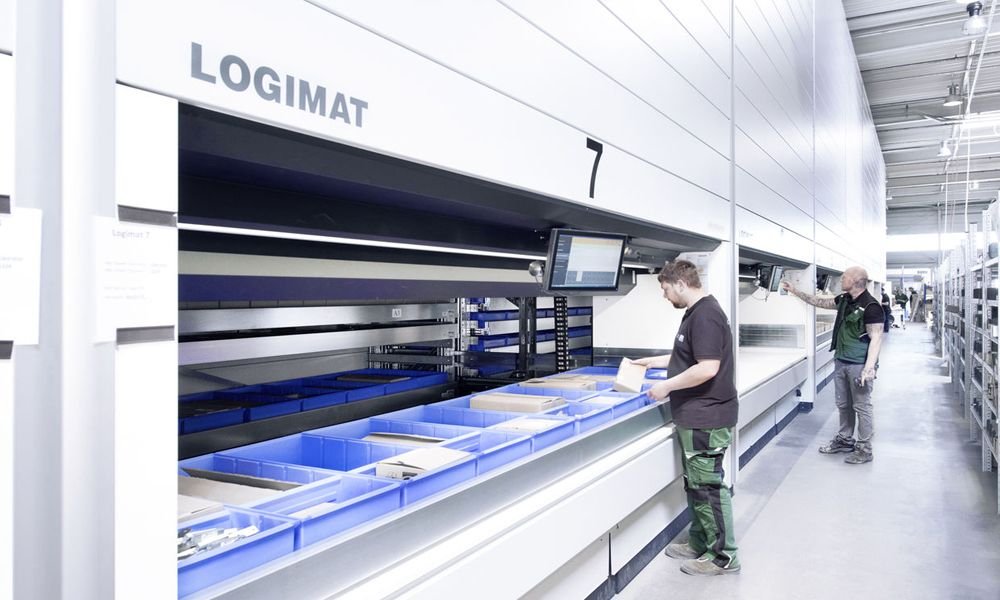Guide to fire retardant conveyor belts for general use above ground
If a belt does not perform according to the manufacturer’s claims by wearing prematurely or ripping too easily for example, the risk to life is relatively small. But if a conveyor belt that is specified as being fire retardant catches fire but does not resist the fire the way that it should do then the consequences can be catastrophic.
No conveyor belt is fire proof
The most important thing to bear in mind is that conveyor belts cannot be totally fire proof. The rubber used for the covers and the rubber skim between the fabric plies can be engineered to resist fire but the complete structure of the belt cannot be made fireproof. When choosing a fire retardant conveyor belt, deciding on the actual level of fire retardancy needed for a specific application or environment is of crucial importance.
Envıronments with inflammable dust and gas
The most basic electrical and flammability safety requirement for general use (not underground) is EN 12882 Category 1. For ATEX regulated areas where coal dust, gas, fertilizer, grain or other potentially combustible materials are involved, it is essential that the conveyor belt cannot create static elericity that could ignite the atmosphere. At Dunlop we decided some time ago that the safest approach was for all of our belts to be anti-static and conform to EN/ISO 284 inter-national standards. This means that they can all be used in ATEX 95 (94/9/EC Directive) classified zones.

Above-ground and general service applications
Because fire safety is such an important issue there are numerous safety classifications and international standards for which there are many different tests used to measure the self-extinguishing properties of conveyor belts. The basis of most tests for belting used in normal industrial applications is EN/ISO 340. This standard makes the distinction between fire resistance with covers (K) and fire resistance with or without covers (S). The relevance of “with or without covers” is that wear reduces the amount of fire resistant rubber that protects the flammable carcass. The best way to decide between ‘K’ and ‘S‘ grades is to consider the material being carried. For moderately abrasive materials, grain for example, the ‘K’ grade is usually perfectly adequate. However, if the material is abrasive and tends to wear the top cover quite rapidly, or if carry-ing biomass (which can self-combust) then the safest option is to choose the ‘S‘ (Class 2B) grade. In both ‘K’ and ‘S’ grades, the rubber skim that bonds the fabric layers of the carcass together must also be fire resistant. In the case of ‘S’ grade (fire resistant without covers), the rubber skim should be thicker than the skim used for ‘K’ grade.
Fire and wear resistant
The ingredients used to create a fire resistant rubber compound generally have an adverse effect on its wear resistant properties. As the thickness of the rubber reduces so does the level of protection. At Dunlop our rubber compound technicians have developed fire resistant rubber compounds that are extremely resistant to abrasion. Buyers should always request a technical datasheet that shows the level of abrasion (wear) and should demand an average of less than 150mm³
EN/ISO 340 testing EN/ISO
340 tests involve exposing 6 individual samples of belt to a naked flame causing them to burn. The source of the flame is then removed. A current of air is then applied to the test piece for a specified time after the removal of the flame. The time it takes for the belt sample to self-extinguish after the flame has been removed is then measured. The duration of continued burning (visible flame) should be less than 15 seconds for each sample with a maximum cumulative duration of 45 seconds for each group of six test samples. This determines how fire can be carried along a moving belt. Even if a manufacturer states that their fire resistant belt has passed the ISO 340 test, the buyer should still exercise caution. A typical conveyor belt can easily spread the fire more than 40 meters within 15 seconds. For this reason Dunlop’s required time limit standard is no more than one second, ideally 0 seconds. Buyers of fire resistant belts are recommended to ask to see copies of the test results and to check that the laboratory that has carried out the tests complies with EN ISO 17025 (chapter 5).
What standard of fire resıstance do I need?
For the vast majority of belts being used in the open air, Class 2A or 2B is perfectly adequate. Class 2A demands that the belt is able to pass the ISO 340 with the covers intact on the belt samples (‘K’ grade). Class 2B requires that the belt can also pass the ISO 340 test with the top and bottom cover rubber removed (‘S’ grade). The electrical conductivity of the belt also needs to fulfill the requirements of ISO 284.
Don’t play with fire
Although manufacturers and suppliers provide test certificates, in some cases the certificate may only relate to the belting that the manufacturer produced for test certification purposes. The actual belt delivered to site may well not be up to the required standard. For greater peace of mind we rec-ommend ordering an extra meter of belt for testing by an ac-credited testing authority or laboratory.





